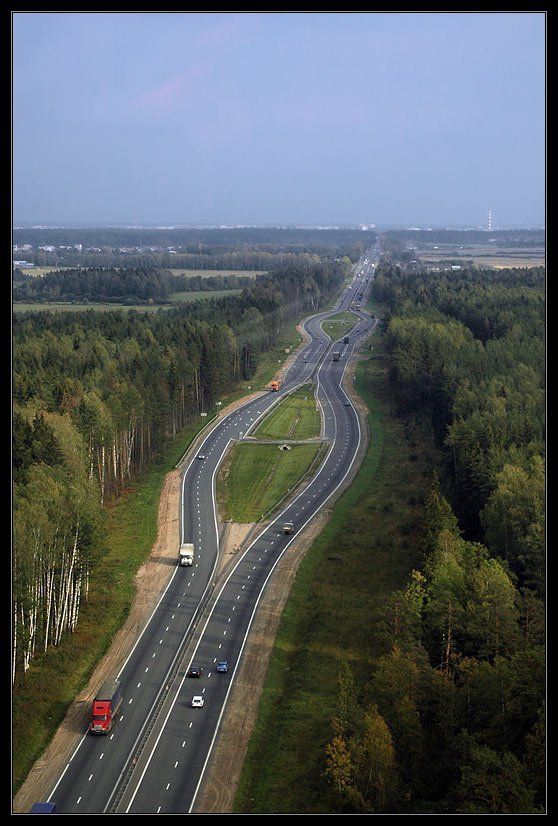|
|
Bird's-eye View Of Russia
|
Oil, natural gas, metals, and timber account for more than 80% of Russian exports abroad. Since 2003, however, exports of natural resources started decreasing in economic importance as the internal market strengthened considerably. Despite higher energy prices, oil and gas only contribute to 5.7% of Russia's GDP and the government predicts this will drop to 3.7% by 2011. Oil export earnings allowed Russia to increase its foreign reserves from $12 billion in 1999 to $597.3 billion on 1 August 2008, the third largest foreign exchange reserves in the world. The macroeconomic policy under Finance Minister Alexei Kudrin was prudent and sound, with excess income being stored in the Stabilization Fund of Russia. In 2006, Russia repaid most of its formerly massive debts, leaving it with one of the lowest foreign debts among major economies. The Stabilization Fund helped Russia to come out out of the global financial crisis in a much better state than many experts had expected.
A simpler, more streamlined tax code adopted in 2001 reduced the tax burden on people and dramatically increased state revenue. Russia has a flat tax rate of 13 percent. This ranks it as the country with the second most attractive personal tax system for single managers in the world after the United Arab Emirates. According to Bloomberg, Russia is considered well ahead of most other resource-rich countries in its economic development, with a long tradition of education, science, and industry. The country has more higher education graduates than any other country in Europe.
The economic development of the country has been uneven geographically with the Moscow region contributing a very large share of the country's GDP. Another problem is modernisation of infrastructure, ageing and inadequate after years of being neglected in 1990s; the government has said $1 trillion will be invested in development of infrastructure by 2020.
|
|









